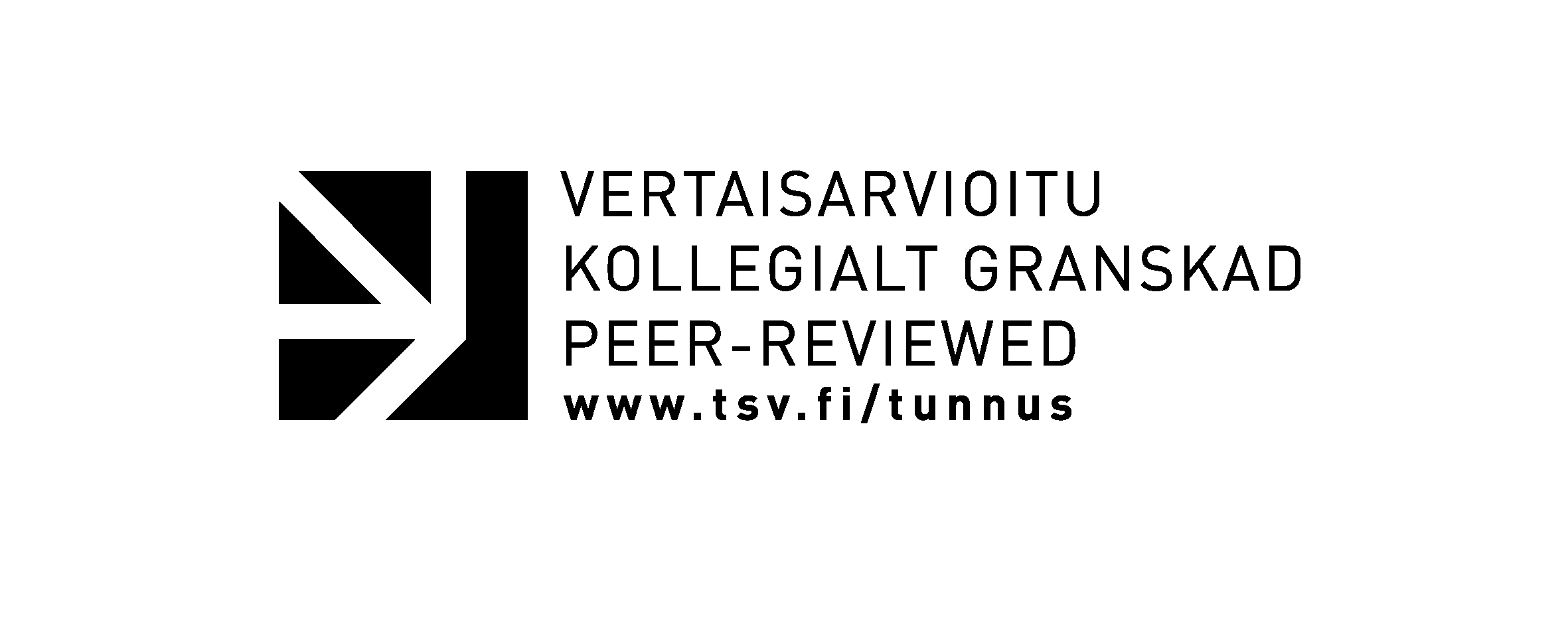Kitchen as a material and lived space
Museum representations and interpretations
Keywords:
kitchen, material culture, museum studies, exhibition, curatorial practice, representationAbstract
Kitchen has been one of the most intensively lived spaces at home, yet, its furnishings have often vanished, especially in the 20th-21st centuries. Cooking tools and utensils have been part of museum displays dedicated to historical food culture but the complex materiality of the kitchen related to multiple practices going beyond food production and consumption has rarely attracted curatorial interest. This article examines comparatively how Estonian museums represent and interpret the materiality of kitchens and kitchen culture. Relying on ethnographic sources the analysis considers the aspects related to material culture as well as museum studies: how kitchen materiality and kitchen practices were represented according to curatorial concepts and how kitchen related objects were interpreted and displayed. The primary materials for the study come from four permanent and temporary exhibitions from 2015‒2016 explicitly dedicated to kitchens and cooking. Exhibiting the lived dimension of kitchens was a challenge for all museums, requiring special participatory actions for collecting stories and things. In all cases, the social life of things was evoked, either sheding light on the general and typical of particular periods, or emphasizing the individual choices and subjective experiences through the biographical approach.







